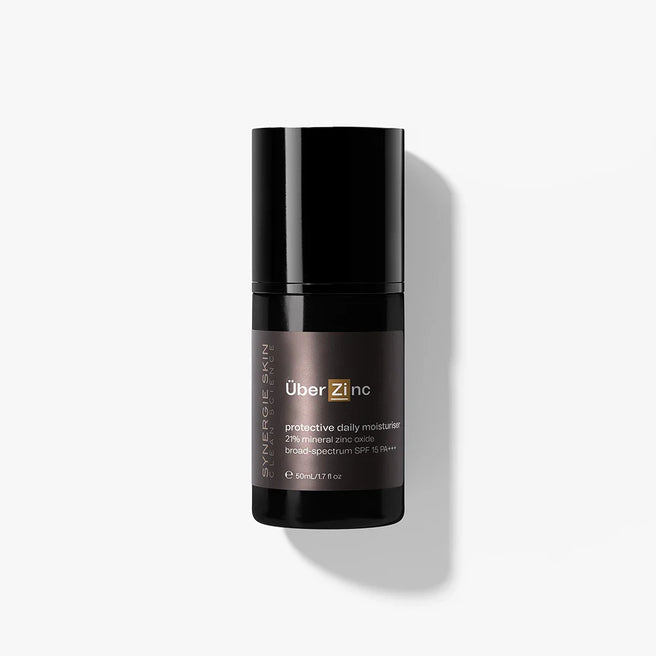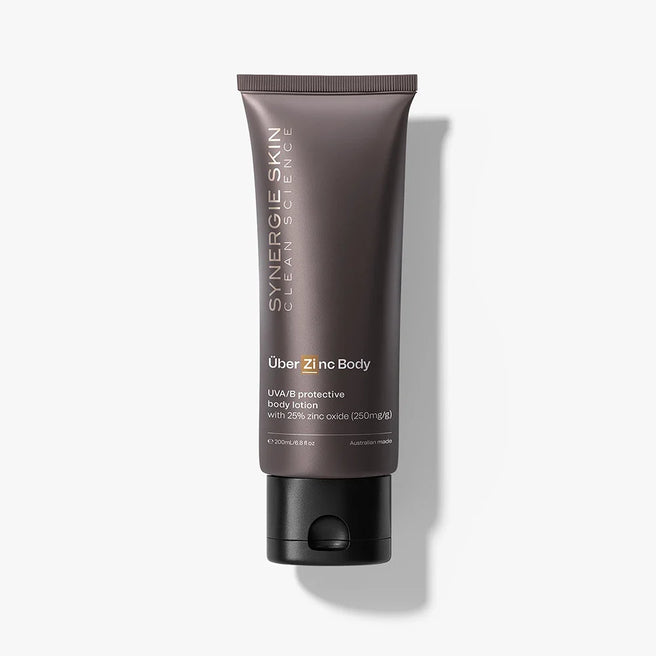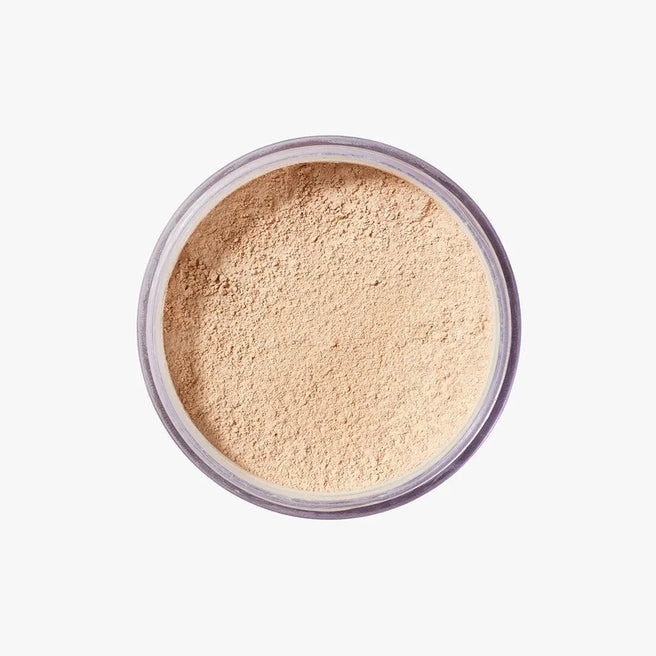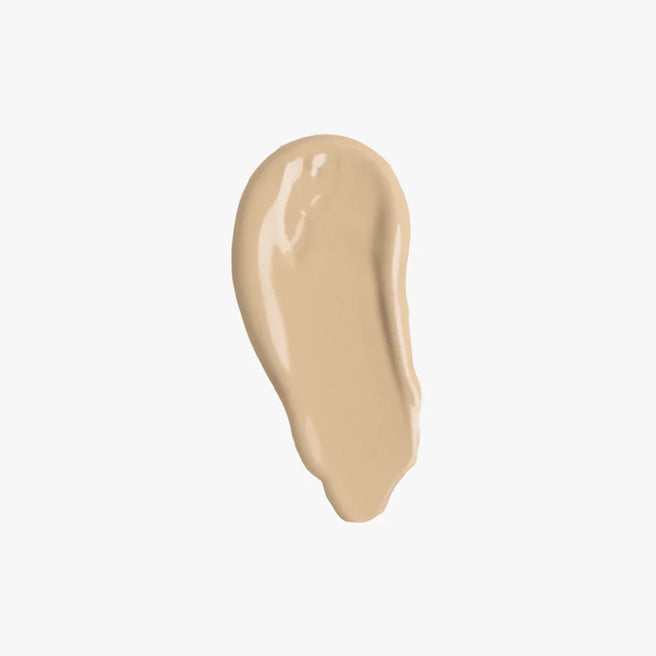And the benefits of physical sunscreen

Light is important to all forms of life on earth and limited daily exposure to sunlight in the early morning is important for making vitamin D and setting circadian rhythm so moderation and education is paramount. Excessive exposure to sunlight plays a significant role in accelerating the skin’s ageing process and, if left unchecked, can cause severe damage to the skin and in the worst scenario – malignant melanoma.
When it comes to solar protection, many consumers will often look to SPF ratings as their singular benchmark, but this is only looking at half of the picture. Protection from sun damage is more complicated than simply applying SPF labelled sunscreen as we need to take a holistic view of both UVA and UVB solar radiation that interact with our skin every day.
So, let’s take a deep dive into threats posed by excess sun exposure and, more importantly, the solutions to combat them! In this blog, we’ll break down what to look for in a sunscreen, which ingredient factors are just as important as SPF and how you can safeguard your skin health and appearance in the long-term with broad-spectrum protection.
So how important is SPF overall?
A little known but vitally important fact about solar protection is that SPF is only half the solution to protection. SPF measures burning rays for UVB rays only. SPF is a mathematical equation indicating how long you can stay out in the sun without burning and does not measure your sun protection from UVA rays. UVA rays destroy your collagen and elastin to accelerate ageing and cause long-term cellular and DNA damage. While the effects of UVA rays are not usually detected immediately, they have the potential to cause nasty mutations in the cells that can lead to melanoma and other skin cancers. The visible effect of UVA is leathery ageing skin (‘A’ stands for ‘Ageing’) while UVB rays visibly burn the skin (remember ‘B’ stands for ‘Burning’). The takeaway here is that UVA rays should be taken just as seriously as UVB.
So hang on…isn’t SPF 100 the best option for sun protection?
Put simply, no. Even if a product was classified at SPF 100, this specifies its efficacy in protecting the skin against UVB rays only and does nothing to indicate how protected your skin will be from UVA rays. Remember, SPF is only part of the story!
And while high SPF products like SPF 100 may appear to be the ultimate option in solar protection, many dermatologists argue that this can often lull consumers into a false sense of security where they think they can be outside all day without reapplication. This is certainly a myth and whilst SPF 100 may offer a longer period of UVB protection, even the highest SPF protection needs regular reapplication throughout the day.
Ultimately, we all require protection from both UVA and UVB rays, which is why you must always look for broad-spectrum protection sunscreen products. This classification is far more important than SPF on its own.
The solution to choosing sunscreen? Look out for the PA+ rating too
Understanding sunscreen labels can be confusing. Since SPF only measures UVB (i.e. how long it will take for you to turn red), the PA+ rating measures UVA solar protection. PA+ labels are a rating system to measure how much protection a product gives you against visible skin ageing and skin damaging UVA rays. The PA+ rating is classified as follows:
PA+ = Some UVA protection
PA++ = Moderate UVA protection
PA+++ = High UVA protection
PA++++ = Extremely High UVA protection
.webp?v=1700708506910)
Which sunscreen do I choose? Physical or chemical?
As a skincare manufacturer, Synergie Skin maintains a strong stance on keeping our products free of questionable ingredients that we consider to be red flags in sunscreen. These are typically chemical additives that can be harmful to cells or the environment when allowed to accumulate over time. Chemical sunscreens absorb beneath the skin surface and act by absorbing UV light and dissipating the energy as heat. They are later broken down in the body and by-products are carried in the bloodstream where they may be detected in bodily excretions such as urine.
Whilst there are no conclusive studies showing a direct link between chemical sunscreens and negative human reproductive side effects, I prefer to use the physical sunscreens alternative. As a chemist, I will always be open to chemical sunscreen options in the future if new approved ingredients satisfy my safety and efficacy criteria.
Among most dermatologists, the consensus is that chemical sunscreens have been linked more consistently to allergy, photosensitivity and skin irritation compared to mineral/physical sunscreens. There have also been FDA bans placed on the use of some chemical sunscreens such as oxybenzone due to its ability to damage marine life and possibly cause coral sterility and bleaching. This is why I still choose to formulate with physical sunscreen unless I discover a safer chemical sunscreen option in the future.
Physical sunscreens (such as zinc oxide and titanium dioxide minerals) sit on top of the skin and do not penetrate unless the skin barrier is broken. They are not absorbed into the bloodstream they provide a protective physical barrier to UV light where they reflect, scatter, and absorb UVA and UVB solar radiation.
8 benefits of zinc oxide physical sunscreen include:
- Broad spectrum protection from both UVA and UVB rays in one single ingredient. Chemical sunscreens usually require three or four different chemical sunscreen ingredients to offer high-level broad-spectrum protection.
- No absorption into the bloodstream
- Zinc oxide is a potent anti-inflammatory which is vital for cell and body health. Zinc oxide cream is often used on babies for nappy rash and is excellent for those with irritated skin or acne.
- Zinc oxide exhibits healing properties. In fact, our body naturally transports this super mineral zinc to a wound site for healing when it senses skin trauma.
- The antimicrobial properties of zinc oxide reduce C. acnes bacteria and can lessen the severity of acne lesions.
- Zinc oxide is a mild DHT (dihydrotestosterone) blocker helping to reduce excess ‘sticky’ oil that blocks pores and worsens breakouts.
- Zinc oxide is baby safe.
- Zinc oxide is considered environmentally friendly and reef safe.
So, which do you choose – physical or chemical absorbing? If you plan to be out in the sun at a time of day when UV rays are more damaging, any sunscreen is better than none at all. Given the choice, my advice is to opt for a zinc oxide based sunscreen – such as ÜberZinc – as it is a natural mineral that blocks harmful UVA and UVB rays. Next time you purchase sunscreen, look for the terms 'UVA/UVB protection', or 'broad-spectrum protection'. Always check the ingredient list on the label before you make a purchase and seek out sunscreens with zinc.
Why is zinc so important in physical sunscreen?
Not only is Zinc Oxide (found in Synergie Skin's ÜberZinc moisturiser and all Synergie Minerals foundations) a physical sunscreen which protects against UVA and UVB, it also ticks many boxes when it comes to maximising skin health. Its anti-inflammatory action can reduce skin redness and promote healing, making it ideal for sensitive skin. With its antibacterial, anti-inflammatory and oil controlling activity, zinc oxide is also a go-to ingredient for acne sufferers. A recent report released by the FDA (the Food and Drug Administration of the USA) stated that only Zinc Oxide and Titanium Dioxide (both natural earth minerals) are recognised as safe and effective broad spectrum sunscreen ingredients. In fact, the FDA rates mineral zinc oxide as the only single sunscreen ingredient that can effectively block both UVA and UVB. Pretty impressive hey?
Some FAQs about Synergie Skin physical sunscreens
How effective is ÜberZinc as your only form of sun protection? how important is SPF overall?
ÜberZinc (SPF 15 and PA+++) is a great daily product that will protect from UVA rays and UVB rays. It’s a hydrating and nourishing, non-whitening moisturiser with built-in UVA and UVB protection that earns its place in our collection of daily skincare essentials.
Zinc oxide also protects you from harmful UVA rays that penetrate windows so it’s ideal for car trips and the office.
However, while this is a go-to daily moisturiser for everyday protection and hydration, we wouldn’t recommend ÜberZinc for all-day beach wear, swimming or strenuous outdoor activities as it is prone to washing off. Remember, always reapply as ÜberZinc is a physical sunscreen. The rule with physical sunscreen is: ‘you move it, you lose it’.
Why is ÜberZinc only SPF 15 and not higher?
Although Synergie Skin’s ÜberZinc is considered a cosmetic sunscreen by regulators, it is first and foremost a skin nourishing, hydrating moisturiser whilst offering solar protection as an added benefit.
Synergie Skin is currently in the process of acquiring Therapeutic Goods Administration (TGA) certification to enable Synergie Skin to claim SPF above 15 in our skincare products, where applicable. However, for a company to claim their cosmetic sunscreen has an SPF of above 15, the TGA requires that the product must be manufactured in a TGA-licensed facility. This is the case even if the SPF of a product tests above a rating of 15.
To maintain consistent quality control over the production of our formulas, Synergie Skin products are produced in‐house at our Melbourne laboratory: an ISO 22716:2007 certified facility. We do not currently outsource manufacturing to a TGA facility and are therefore not permitted to claim that ÜberZinc (containing 21% zinc oxide, measuring at 214.5 mg/g) and ÜberZinc Body (containing 25% zinc oxide, measuring at 250.0 mg/g) hold any higher SPF than 15. As mentioned prior, we are currently working in compliance with the TGA to gain their certification in the near future.
For increased solar protection, Synergie Skin advises the use of MineralWhip and Second Skin Crush as valuable additions to your skincare routine. Our MineralWhip SPF 40 PA++++ has over 40% zinc oxide, titanium dioxide and iron oxides combined; our Second Skin Crush SPF 40 PA++++ is formulated with a proprietary blend of over 50% zinc oxide, titanium dioxide and iron oxides for broad-spectrum UVA/UVB protection. Significant levels of iron oxide add to UVA/B protection whilst blocking visible HEV light, making our Second Skin Crush SPF40 PA++++ and Mineral Whip SPF 40 PA++++ a higher level of solar protection compared to ÜberZinc.
Does layering products over ÜberZinc offer increased SPF protetion?
Only so long as they are both physical sunscreens and not chemical. Layering two physicals may give you better protection as there will be a denser cover of mineral particles sitting on the skin surface (and filling in the physical gaps) when you apply multiple layers (e.g. ÜberZinc moisturiser plus Second Skin Crush loose minerals). So, while with physical sunscreens you can increase the SPF by layering two products together, it doesn’t mean that you can simply mix together any two SPFs! When mixing two chemical sunscreens, you’ll usually end up with the higher SPF product you mixed but the lower SPF product might dilute the higher one.
Is it necessary to reapply physical sunscreen?
The 1/4 teaspoon dosage per face rule applies more to chemical sunscreens than to minerals. Mineral sunscreen dosage also matters, but the way it works is very different and really depends on the density of zinc oxide and titanium dioxide particles on the skin, and the application of an adequate amount.
The mineral particles don’t absorb into the skin surface like chemical sunscreens, as mineral sit on top of the skin and act as a physical barrier to UV light so the dosage rule is not exactly the same. As a broad rule, you need one pump of ÜberZinc for an average face and neck. However, remember the rule: you move it, you lose it! If you perspire or rub your face, you remove that precious barrier so you must reapply for protection.
Physical sunscreen for body
When it comes to daily protection from solar UV, infrared and blue light, most of us just focus on our faces and we neglect below the chin. For day-to-day protection, remember to apply to your neck, décolletage and hands. These are all common areas of neglect and are dead giveaways to our age when we’re older. Apply ÜberZinc Body to your neck, exposed chest and the back of your hands as your daily light broad-spectrum sunscreen.
Disclaimer: This blog is for informational purposes only and does not substitute professional medical advice. Consult a dermatologist or skincare professional for specific concerns.




.webp?v=1700710847168)













